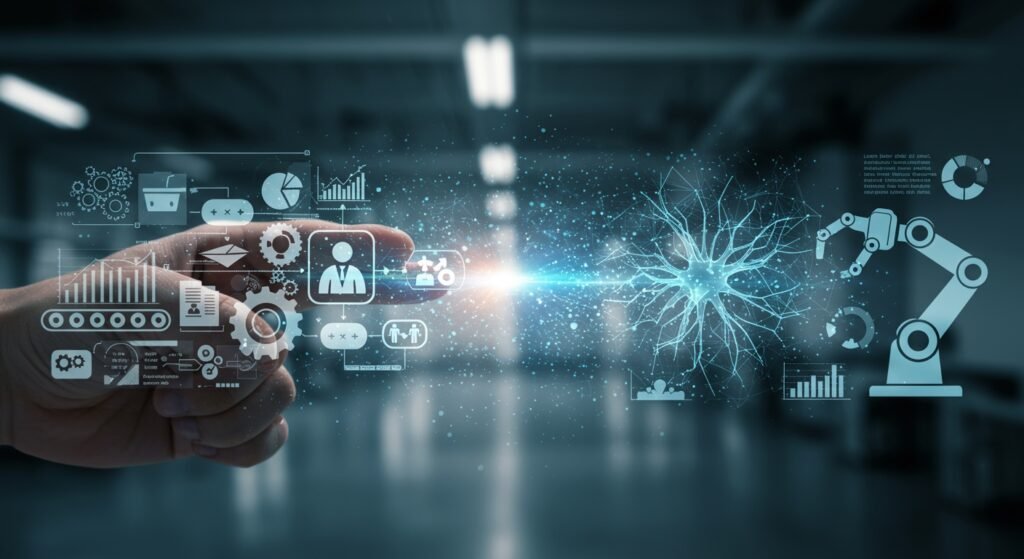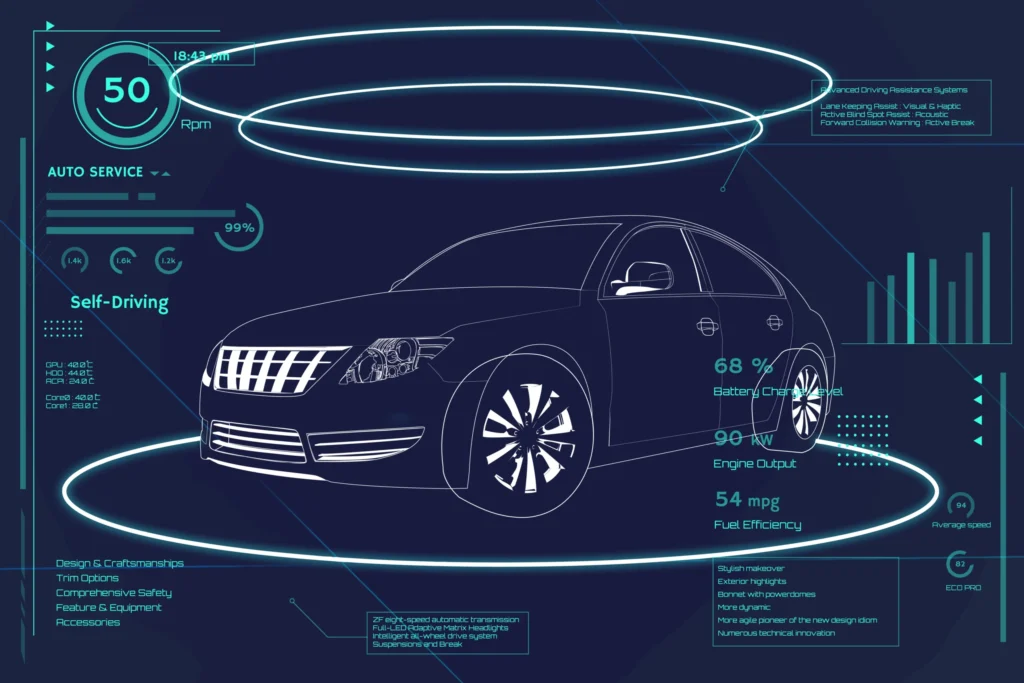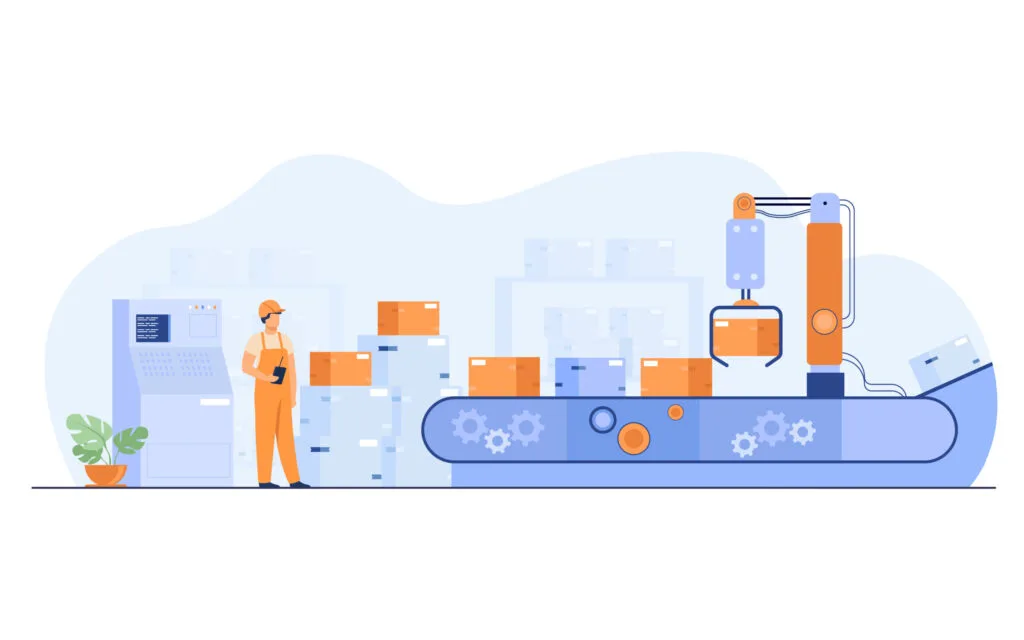From Lean to Lean-AI: Integrating AI into Continuous Improvement Processes
The quest for operational excellence has long been guided by Lean principles, focusing on eliminating waste and maximizing value. However, as industries face increasing complexity and data volumes, the traditional Lean toolkit alone can sometimes struggle to keep pace. Enter Lean-AI: a powerful synergy that combines the proven methodologies of Lean with the transformative capabilities of Artificial intelligence. This integration isn’t just an upgrade; it’s a revolutionary leap forward, enabling organizations to achieve unparalleled levels of efficiency and agility in their continuous improvement journeys.
Table of Contents
- Understanding Lean Principles
- The Evolution to Lean-AI: Why Now?
- Key Applications of Lean-AI in Continuous Improvement
- Implementing Lean-AI: Challenges and Best Practices
- The Future of Operational Excellence with Lean-AI
- Conclusion
Understanding Lean Principles
Lean methodology originated from the Toyota Production System, championing the systematic elimination of waste (Muda) and non-value-adding activities. Its core tenets include identifying customer value, mapping the value stream, creating flow, establishing pull, and pursuing perfection. These principles have been successfully applied across manufacturing, services, healthcare, and software development, yielding significant improvements in quality, cost, and delivery times. The foundation of Lean is rooted in human observation, data analysis (often manual), and iterative problem-solving.
The Evolution to Lean-AI: Why Now?
The transition from traditional Lean to Lean-AI is driven by several modern imperatives. The sheer volume and velocity of data generated by modern industrial processes, IoT devices, and digital systems make manual analysis increasingly impractical. AI, particularly machine learning, excels at processing vast datasets to uncover hidden patterns, predict anomalies, and automate decision-making—tasks that are beyond human capacity at scale. Furthermore, the need for real-time adjustments and predictive insights in highly dynamic environments makes AI an indispensable partner for continuous improvement. While Lean provides the ‘what’ and ‘why’ of improvement, AI offers the ‘how’ at an unprecedented speed and accuracy.
Bridging the Gap: How AI Enhances Lean
AI doesn’t replace Lean; it amplifies it. For instance, AI can enhance value stream mapping by automatically identifying bottlenecks from sensor data, or optimize flow by predicting equipment failures before they occur. It transforms reactive problem-solving into proactive prevention, moving organizations closer to the ideal state of perfection.
Key Applications of Lean-AI in Continuous Improvement
The integration of AI into Lean processes opens up a myriad of opportunities for enhanced efficiency and effectiveness. Here are some critical areas:
Predictive Maintenance
AI algorithms can analyze data from sensors on machinery to predict when maintenance is needed, preventing costly breakdowns and minimizing downtime. This directly supports Lean’s focus on maintaining flow and eliminating waste from unplanned stoppages.
Automated Quality Control
Computer vision and machine learning can automatically inspect products for defects, identifying even subtle flaws much faster and more consistently than human inspectors. This reduces scrap, rework, and improves overall product quality, aligning with Lean’s pursuit of perfection.
Demand Forecasting and Inventory Optimization
Advanced AI models can process market trends, historical sales data, and even external factors (like weather) to provide highly accurate demand forecasts. This enables companies to optimize inventory levels, reducing excess stock (Muda) and preventing stockouts, thereby improving efficiency and customer satisfaction.
Process Optimization and Simulation
AI can simulate various process scenarios, identifying optimal configurations and improvements without disrupting live operations. Machine learning can analyze existing process data to suggest improvements, such as reordering tasks or reallocating resources, leading to more efficient workflows.
Implementing Lean-AI: Challenges and Best Practices
Integrating Lean-AI requires careful planning and execution. It’s not without its hurdles, but a structured approach can mitigate risks.
Common Challenges
- Data Quality: AI models are only as good as the data they are trained on. Poor or incomplete data can lead to flawed insights.
- Talent Gap: A shortage of skilled professionals in both Lean methodology and AI implementation can hinder progress.
- Resistance to Change: Employees accustomed to traditional methods may resist new AI-driven processes.
- Integration Complexity: Integrating new AI systems with existing legacy infrastructure can be challenging.
Best Practices for Successful Integration
To overcome these challenges and ensure a smooth transition, consider the following:
- Start Small, Scale Fast: Begin with pilot projects that demonstrate clear value, then expand.
- Foster a Data-Driven Culture: Emphasize the importance of data collection and accuracy across the organization.
- Invest in Training: Equip your workforce with the necessary skills for both Lean and AI tools.
- Cross-Functional Teams: Encourage collaboration between Lean practitioners, AI specialists, and operational teams. For more insights into digital transformation, you can visit this external technology blog.
The Future of Operational Excellence with Lean-AI
The synergistic power of Lean and AI is poised to redefine operational excellence. As AI technologies become more sophisticated and accessible, we will see even more profound impacts:
| Aspect | Traditional Lean | Lean-AI Enhancement |
|---|---|---|
| Waste Identification | Manual observation, value stream mapping | Real-time anomaly detection, predictive analytics |
| Problem Solving | Root cause analysis (5 Whys, Fishbone) | AI-driven root cause identification, prescriptive actions |
| Continuous Improvement Cycle | PDCA (Plan-Do-Check-Act) | Accelerated PDCA with AI-driven insights & automation |
| Employee Empowerment | Suggestion systems, Kaizen events | AI-powered tools for faster decision-making & innovation |
The future sees organizations leveraging AI not just to identify waste, but to autonomously optimize processes and predict potential issues before they arise. This evolution will lead to hyper-efficient, resilient, and adaptive systems, truly embodying the spirit of continuous improvement at an unprecedented scale. Explore other insights on AI in Manufacturing on our site.
Conclusion
The journey from Lean to Lean-AI represents the next frontier in operational excellence. By integrating Artificial Intelligence into established continuous improvement processes, businesses can unlock new levels of efficiency, reduce waste with greater precision, and respond to market dynamics with unmatched agility. Embracing Lean-AI is not merely about adopting new technology; it’s about fostering a culture of intelligent, data-driven improvement that propels organizations into a future of sustained competitive advantage. The 5 critical challenges of today’s market demand this strategic integration.


